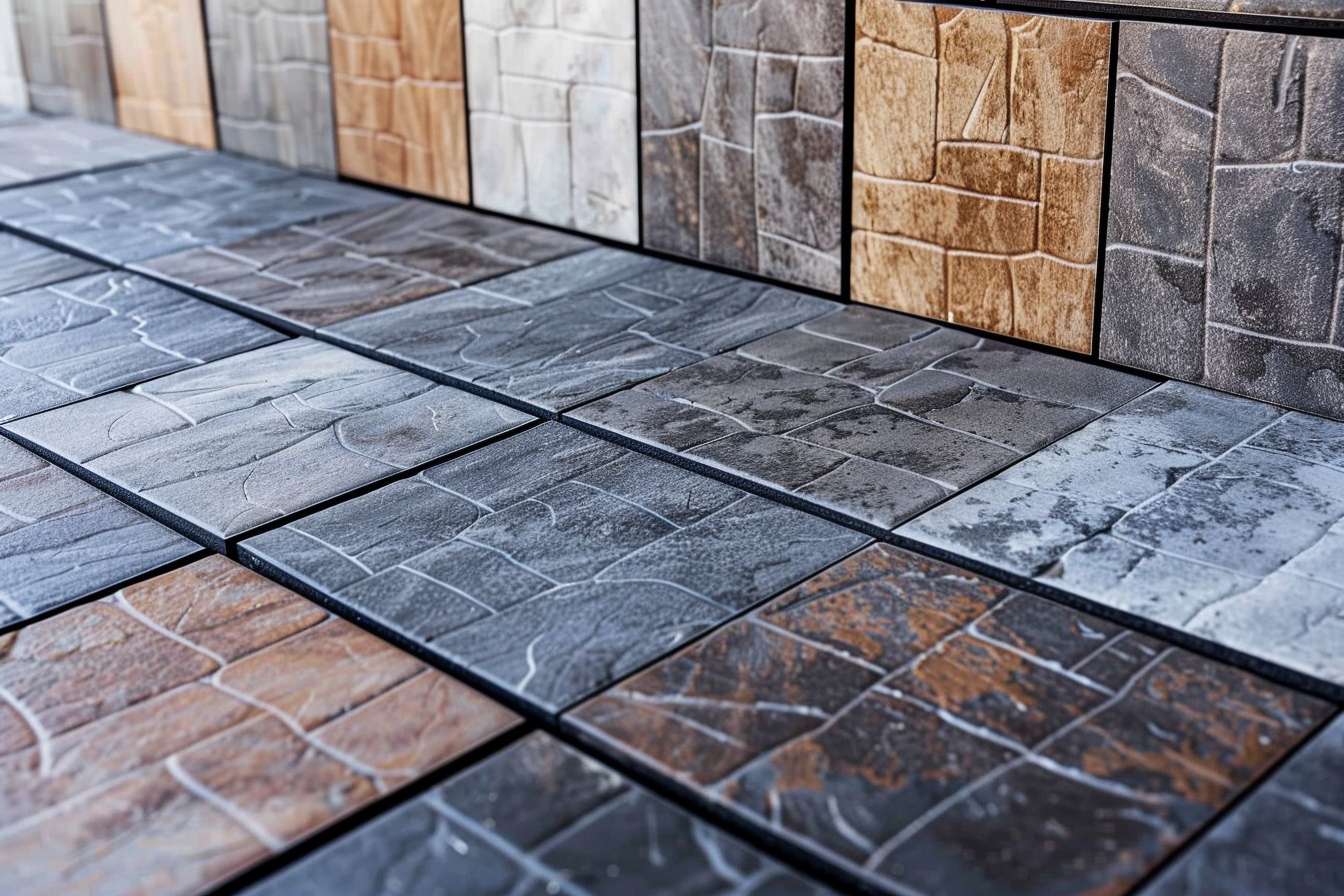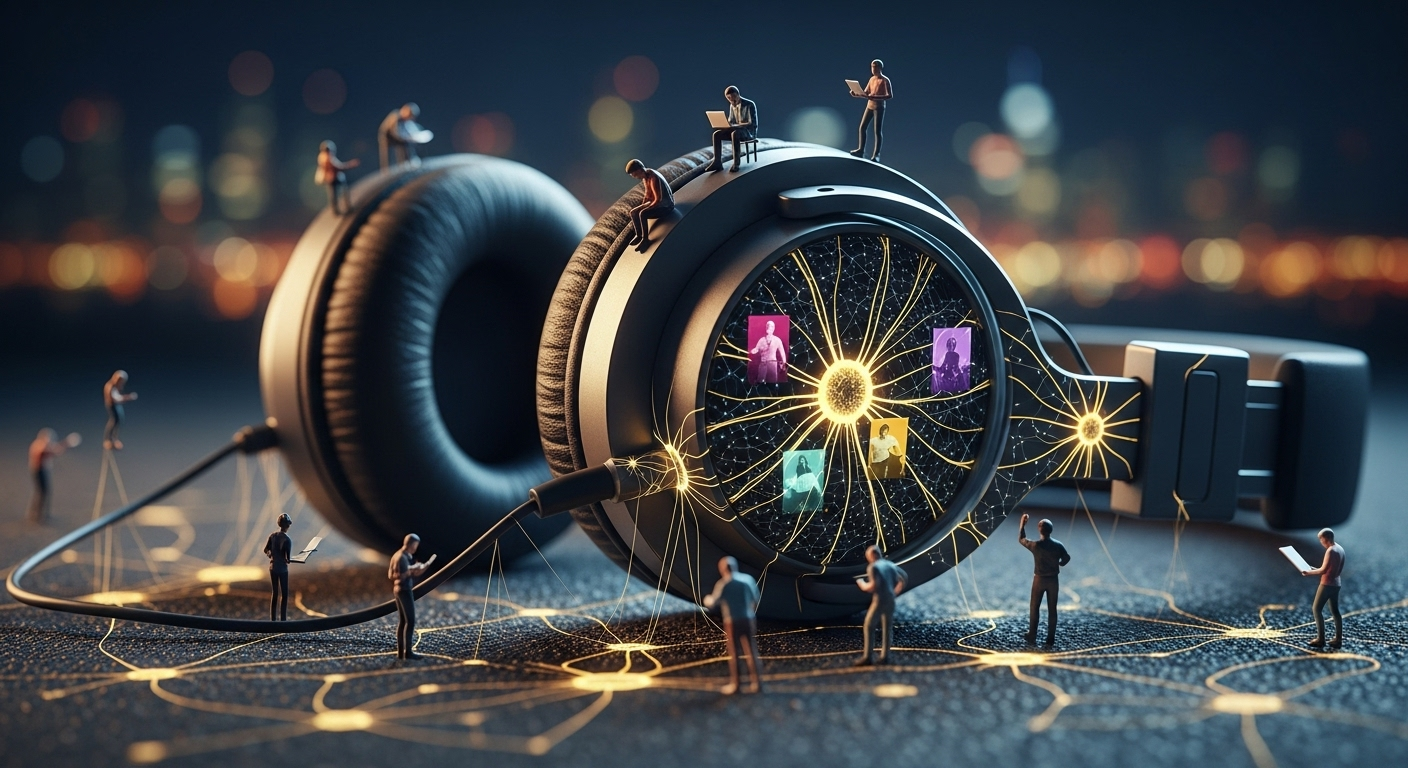Kinetic Sculpture: The Art of Motion in Stillness
In the ever-evolving landscape of contemporary art, kinetic sculpture emerges as a captivating medium that challenges our perceptions of form and movement. This dynamic art form, which incorporates motion as a crucial element, has been gaining traction in galleries and public spaces worldwide. As traditional boundaries between disciplines continue to blur, kinetic sculpture stands at the intersection of art, engineering, and physics, offering viewers a mesmerizing experience that transcends the static nature of conventional sculpture.

Mechanics Meet Aesthetics
At its core, kinetic sculpture relies on a harmonious blend of mechanical engineering and artistic vision. Artists in this field must possess not only a keen aesthetic sense but also a deep understanding of physics and mechanics. The interplay between these disciplines results in works that are as much feats of engineering as they are artistic expressions. From wind-powered installations to motorized contraptions, kinetic sculptors employ a diverse array of techniques to bring their creations to life.
The Viewer’s Role in Kinetic Art
One of the most intriguing aspects of kinetic sculpture is the active role it assigns to the viewer. Unlike traditional static sculptures, kinetic works often require audience participation or environmental factors to fully activate their potential. This interaction transforms the viewing experience from passive observation to active engagement, blurring the lines between artist, artwork, and audience. As viewers become participants, they contribute to the ever-changing nature of the piece, making each encounter unique and personal.
Kinetic Sculpture in Public Spaces
The impact of kinetic sculpture extends beyond gallery walls, finding a natural home in public spaces. Cities around the world are increasingly incorporating kinetic installations into their urban landscapes, turning plazas, parks, and building facades into dynamic canvases. These public works serve not only as aesthetic enhancements but also as focal points for community engagement. The constant motion and interactive nature of these sculptures create gathering spaces that evolve with the rhythms of city life.
Technological Advancements and Future Directions
As technology continues to advance, so too does the potential for kinetic sculpture. Contemporary artists are incorporating cutting-edge materials, sensors, and even artificial intelligence into their works, pushing the boundaries of what’s possible in motion-based art. The integration of digital elements allows for more complex and responsive installations, opening up new avenues for artistic expression and viewer interaction. As we look to the future, the line between kinetic sculpture and interactive digital art is likely to become increasingly blurred, promising exciting developments in this dynamic field.
Environmental Considerations and Sustainable Practices
In an era of growing environmental consciousness, kinetic sculptors are increasingly mindful of the ecological impact of their work. Many artists are exploring sustainable energy sources, such as solar and wind power, to drive their kinetic creations. This shift not only aligns with global sustainability goals but also adds an additional layer of meaning to the works themselves. Kinetic sculptures powered by renewable energy become statements on the potential harmony between human creativity and natural forces.
The Challenges of Preserving Kinetic Art
The ephemeral nature of kinetic sculpture presents unique challenges for conservation and preservation. Unlike static artworks, kinetic pieces require ongoing maintenance to ensure their continued functionality. This raises important questions about the longevity of motion-based art and the role of conservation in maintaining the artist’s original intent. Museums and collectors are grappling with these issues, developing new strategies to preserve kinetic works for future generations while respecting their dynamic essence.
Kinetic Sculpture in the Digital Age
In an increasingly digital world, kinetic sculpture offers a refreshing return to the physical realm. While virtual and augmented reality technologies continue to expand, there remains a profound human desire for tangible, real-world experiences. Kinetic sculpture satisfies this craving by providing a visceral, three-dimensional encounter that engages multiple senses. The juxtaposition of digital precision and analog movement in many contemporary kinetic works speaks to the complex relationship between technology and human creativity in the 21st century.
The Global Reach of Kinetic Art
Kinetic sculpture has found resonance across cultures and continents, with artists from diverse backgrounds contributing to its evolution. From the intricate clockwork mechanisms of Swiss artists to the large-scale public installations in Asian metropolises, kinetic art reflects and refracts local traditions through a global lens. International exhibitions and collaborations have further fueled the cross-pollination of ideas, techniques, and cultural influences, enriching the vocabulary of motion-based art on a worldwide scale.
In conclusion, kinetic sculpture stands as a testament to the enduring human fascination with movement and form. As it continues to evolve, incorporating new technologies and responding to contemporary concerns, this dynamic art form promises to remain at the forefront of artistic innovation. By challenging our perceptions of space, time, and interaction, kinetic sculpture invites us to see the world in constant motion, even in moments of apparent stillness.





